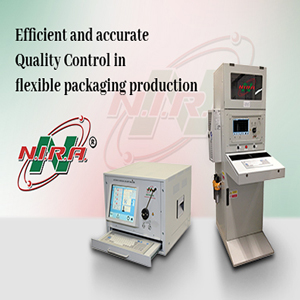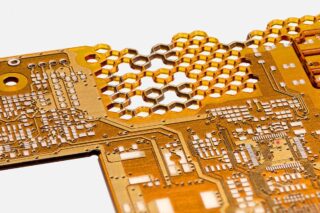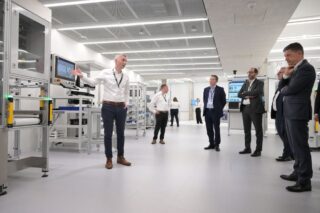In 2024, the automotive industry experienced significant transformations, with advancements in electric vehicles (EVs), autonomous driving technologies, and shifts in global markets. Here’s a curated selection of our top articles from the year.
1. Waymo’s Autonomous Cars: A Look at the Future of Transportation in Los Angeles
Waymo’s self-driving cars bring autonomous transportation closer to reality, starting in LA.
2. Peugeot’s Electric Revolution with Hypersquare and Steer-by-Wire
Peugeot introduced groundbreaking technologies like the Hypersquare control system and steer-by-wire, marking a significant leap in electric vehicle design and user experience. These innovations represent the brand’s commitment to redefining driving dynamics in the EV era.
3. Inside Xiaomi’s EV Factory
Xiaomi’s foray into the electric vehicle market is exemplified by its state-of-the-art factory, capable of producing an electric car every 76 seconds. This article offers an inside look at the facility and Xiaomi’s ambitious plans in the automotive sector.
4. Toyota’s Vision for the Future of EV Design
Toyota unveiled its forward-thinking approach to electric vehicle design, focusing on sustainability, performance, and cutting-edge technology. The company’s vision sets the stage for its future EV lineup.
5. Major Shifts in China’s Automotive Industry
China’s automotive sector underwent substantial changes, with battery electric vehicle (BEV) sales reaching 582,813 units in August 2024—a 20.8% increase from the previous month. Plug-in hybrid electric vehicle (PHEV) sales also hit a record high, indicating a robust consumer interest in electric mobility.
6. Top 5 Chinese Automotive OEMs to Watch
China solidified its position as the world’s largest car market and producer. This article profiles the top five Chinese automotive original equipment manufacturers (OEMs) leading the industry in sales volume and market capitalization.
7. Challenges Facing EV Manufacturers
As the shift towards sustainable transportation accelerates, EV manufacturers confront challenges such as preventing charging issues, managing overcurrent in batteries, and ensuring precise control in battery and fuel cell production. This piece delves into these hurdles and potential solutions.










